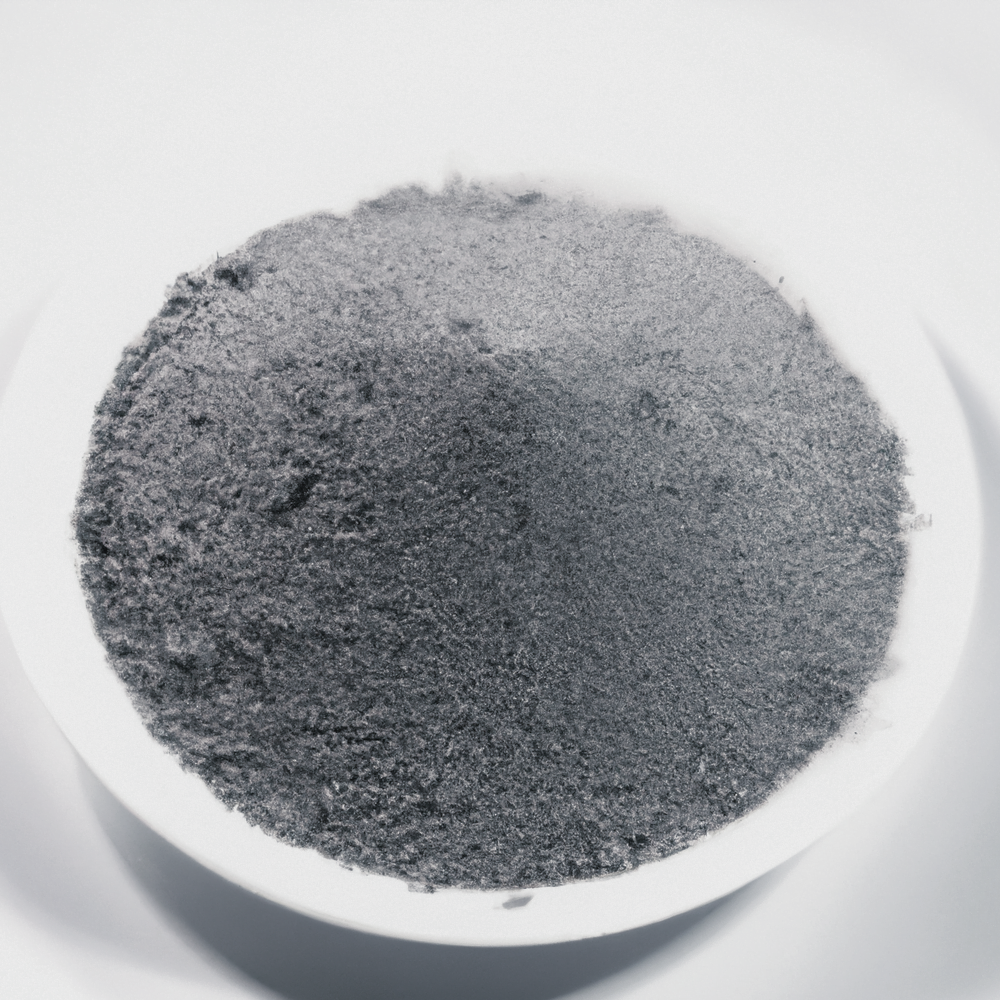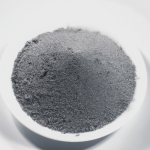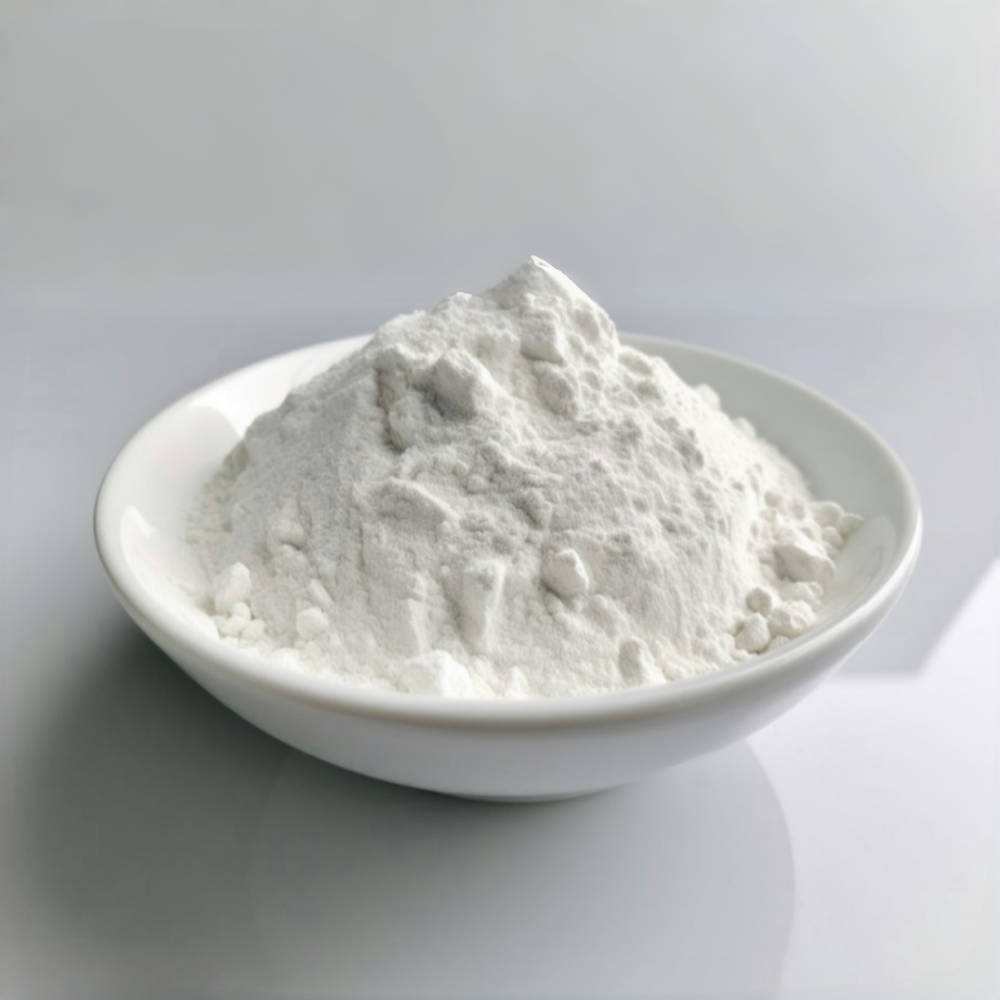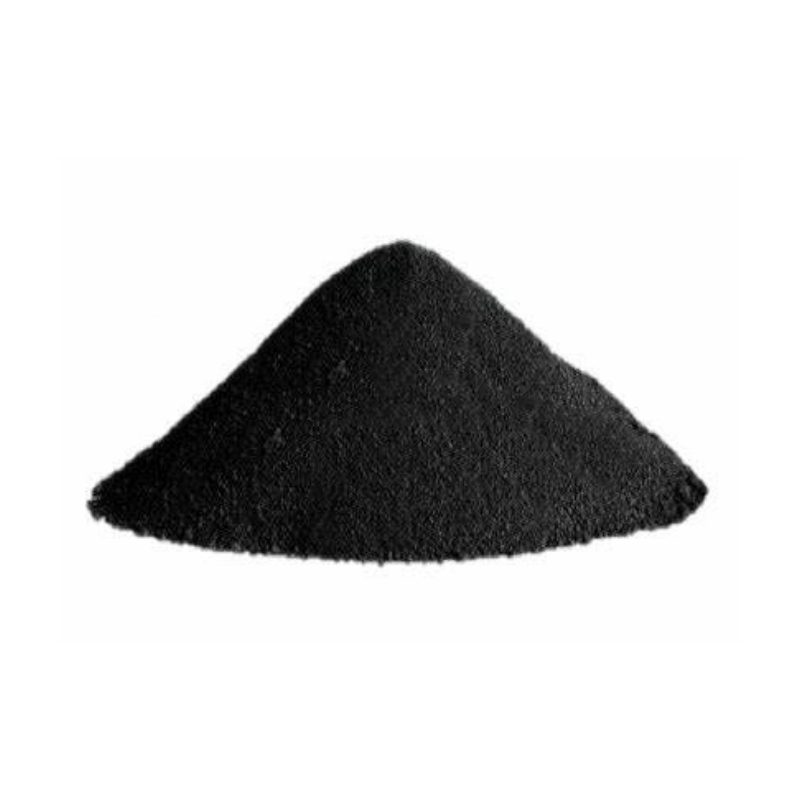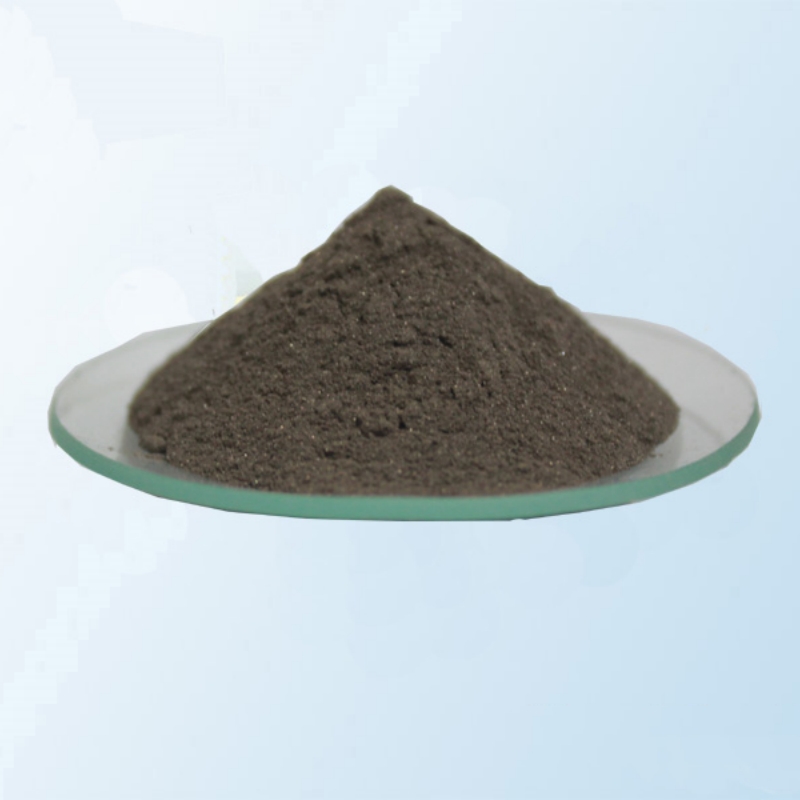Product Overview
Vanadium powder is a silvery-white metallic powder with high purity and fine particle size. It is widely used in the manufacture of high-performance alloys and materials. Vanadium powder is soluble in nitric acid, aqua regia, and concentrated sulfuric acid, and it has excellent chemical stability. It enhances key material properties such as strength, corrosion resistance, and wear resistance. Vanadium powder is commonly used in applications requiring high strength, wear resistance, corrosion resistance, and the ability to withstand impact loads.
Key Features
- High Purity: Vanadium powder has a purity of 99.5%, ensuring its stability and performance in high-demand applications.
- Fine Particles: With a specification of -325 mesh, the powder has a small particle size, making it ideal for powder metallurgy, alloy additives, and coating applications.
- Good Chemical Reactivity: Vanadium powder can dissolve in various strong acids, making it suitable for chemical reactions that require high reactivity.
- Material Enhancement: Vanadium powder significantly improves the strength, toughness, and corrosion resistance of alloys.
Applications
Vanadium powder is used in a wide range of industries, including:
- Specialty Steel and Superhard Materials: Vanadium powder is used to manufacture high-strength, wear-resistant, and corrosion-resistant alloy materials, widely applied in machinery manufacturing, metallurgy, automotive, and aerospace industries.
- Reactor Materials: Vanadium powder plays a vital role in fast neutron reactor cladding materials, offering high corrosion resistance and excellent heat resistance.
- Superconducting Materials: As an additive to superconducting materials, vanadium powder helps develop next-generation high-performance superconductors.
- Nuclear and Aerospace Applications: Vanadium powder is used as a raw material for high-strength alloys and catalysts in the nuclear energy, rocket, missile, aerospace, and space exploration industries.
- Metallurgy: Vanadium powder is used as an alloying agent in metallurgy, enhancing the strength, corrosion resistance, and wear resistance of metals. It is particularly used in the manufacture of high-speed tool steels and hard alloys.
| Element | Measured Value | Standard Value | Unit | Element | Measured Value | Standard Value | Unit | Element | Measured Value | Standard Value | Unit |
| Li | Zn | Pb | |||||||||
| B | <10 | ppm | Ga | Bi | |||||||
| F | Ge | Y | |||||||||
| Na | As | Th | |||||||||
| Mg | Se | Er | |||||||||
| Al | 440 | ppm | Zr | <50 | ppm | Ru | |||||
| Si | 1100 | ppm | Nb | <100 | ppm | Rh | |||||
| P | <10 | ppm | Mo | <50 | ppm | Os | |||||
| Cl | Pd | Cd | |||||||||
| K | Ag | In | |||||||||
| Ca | Sn | <50 | ppm | ||||||||
| Ti | <50 | ppm | Sb | ||||||||
| V | Matrix | wt% | Ba | ||||||||
| Cr | <50 | ppm | Hf | ||||||||
| Mn | Ta | <50 | ppm | C | <100 | ppm | |||||
| Fe | 190 | ppm | W | <50 | ppm | S | |||||
| Co | <50 | ppm | Pt | O | |||||||
| Ni | <50 | ppm | Au | N | <50 | ppm | |||||
| Cu | <50 | ppm | Hg | H |
 new material
new material

